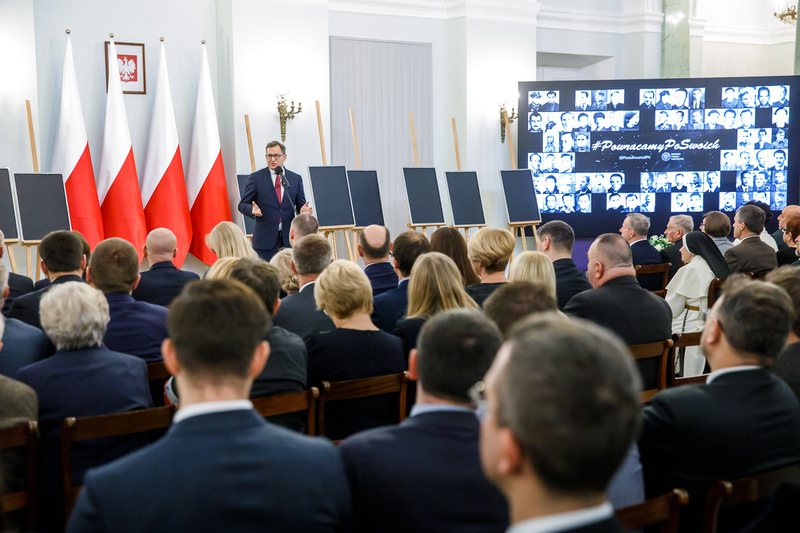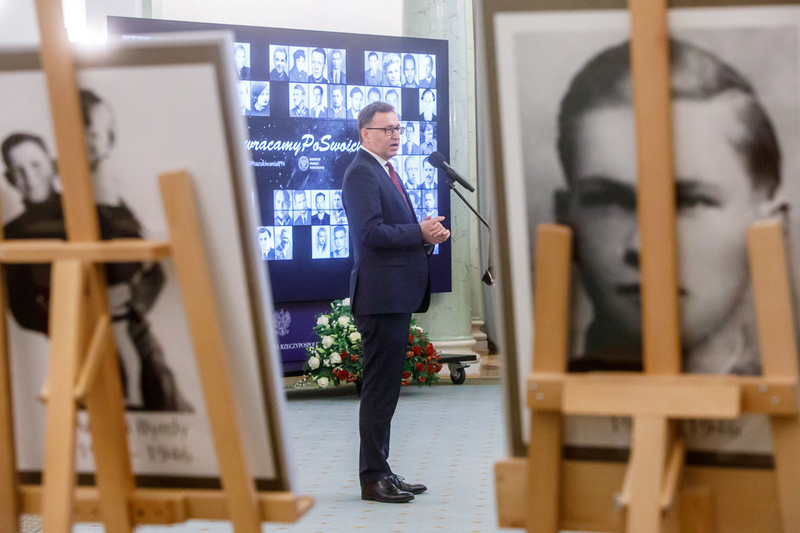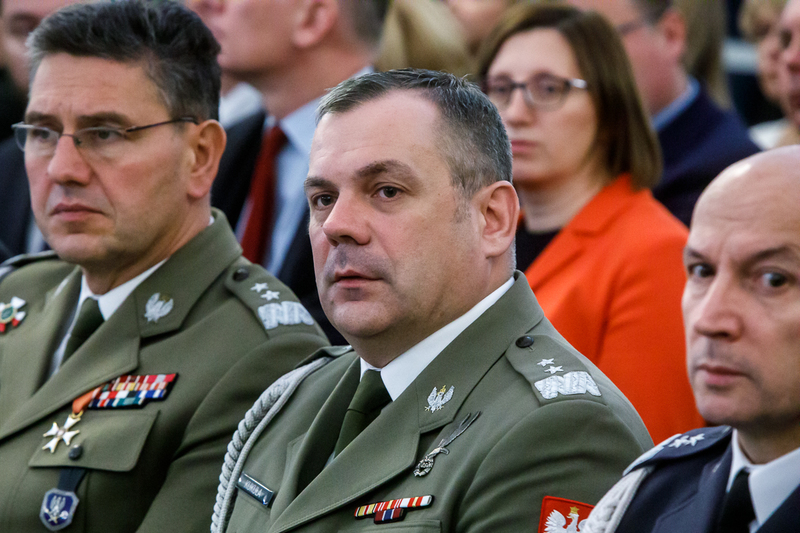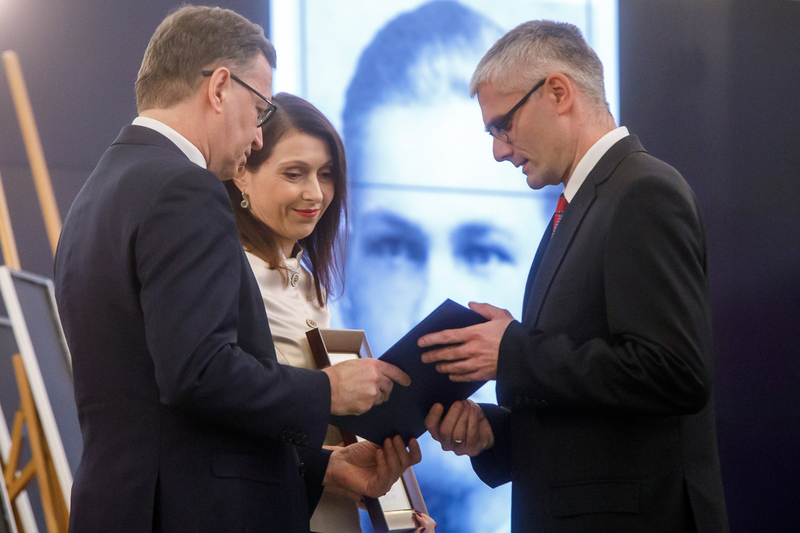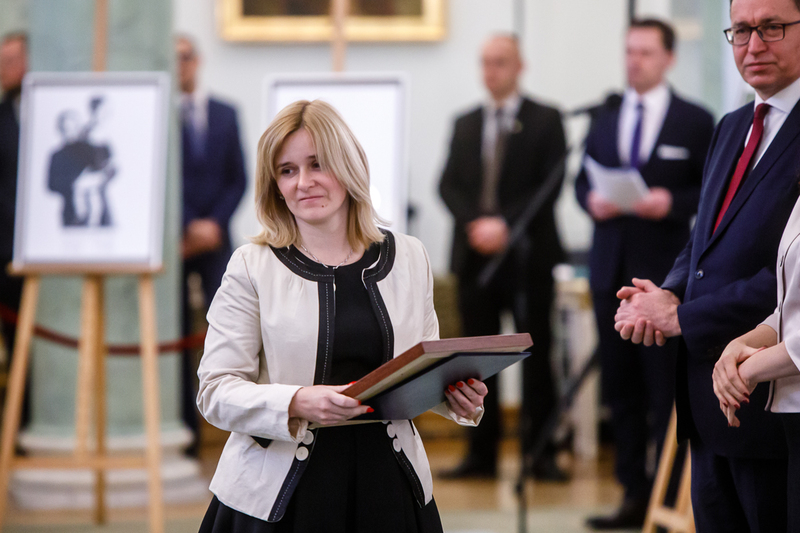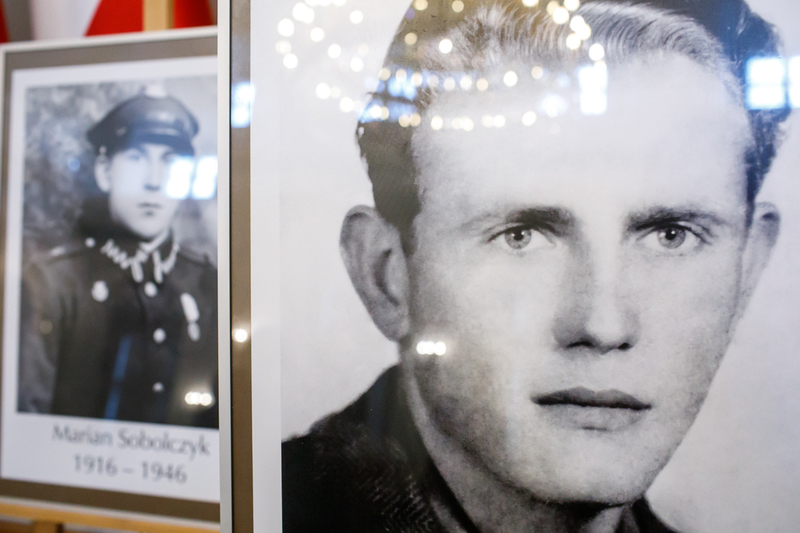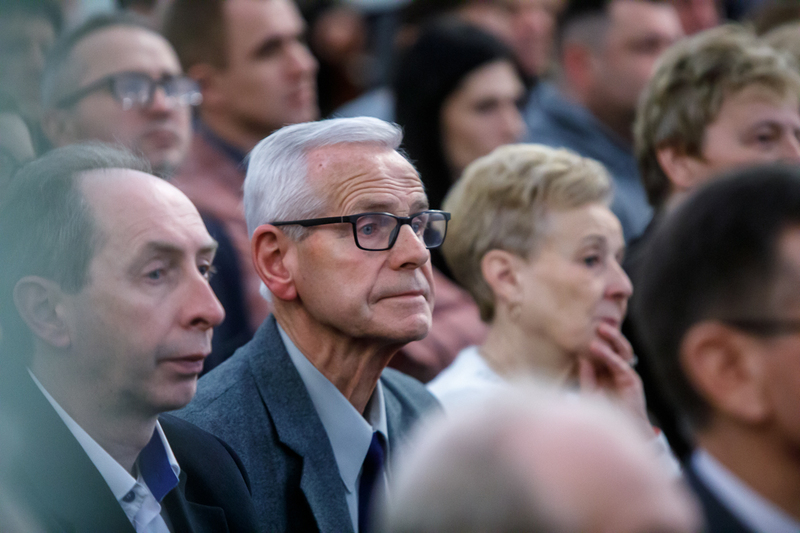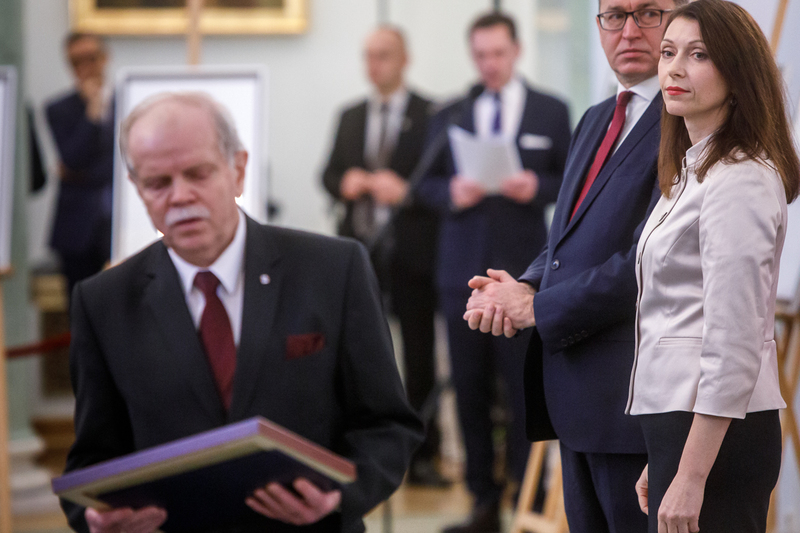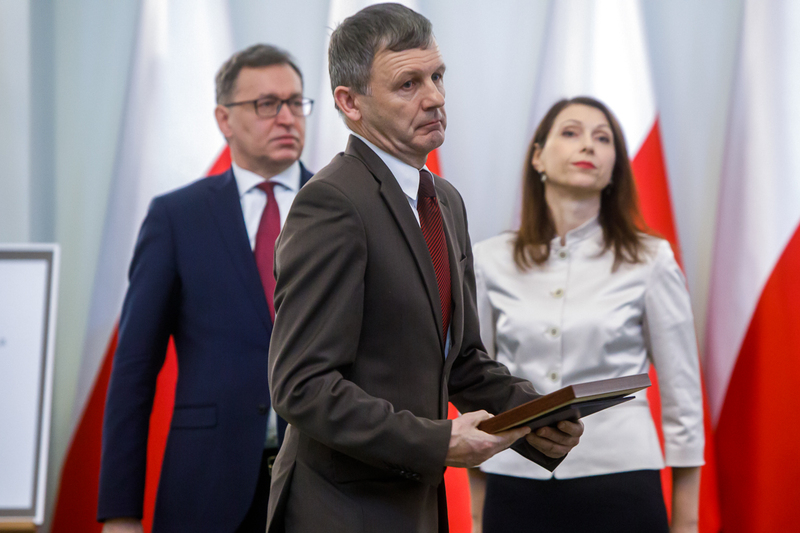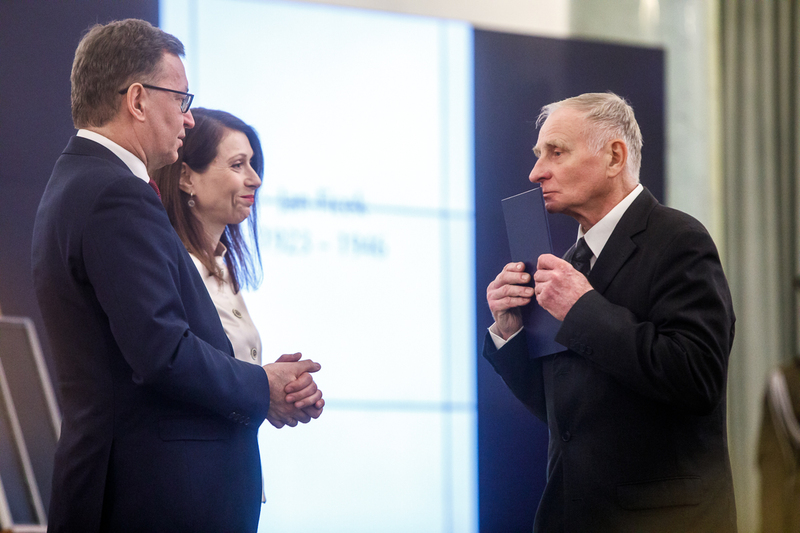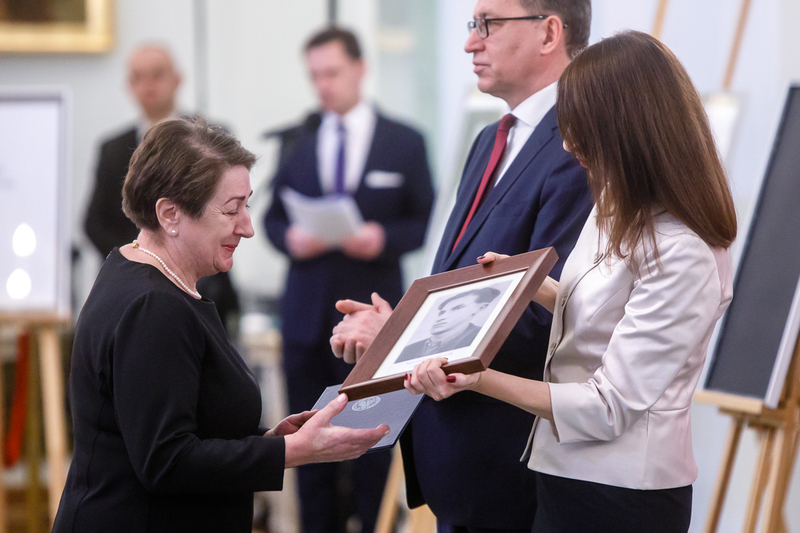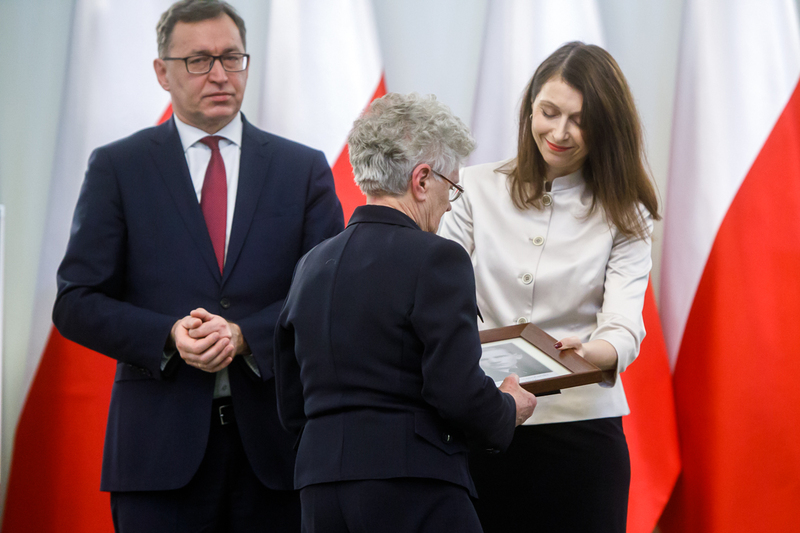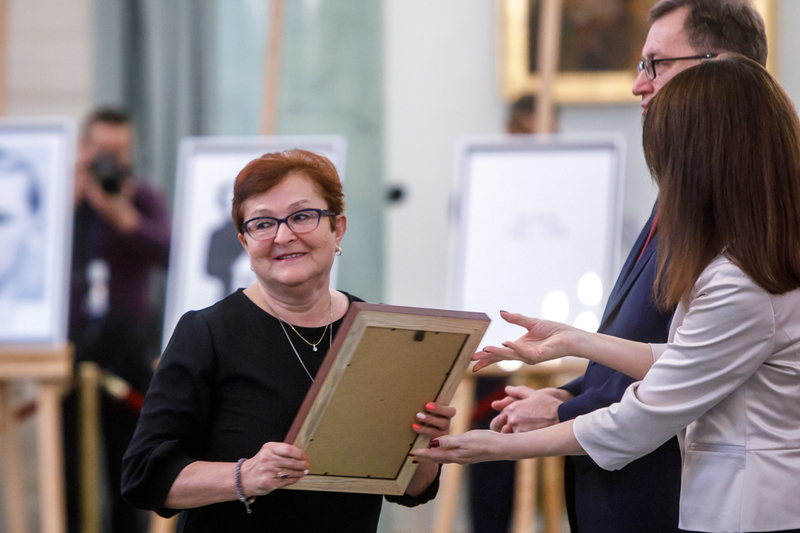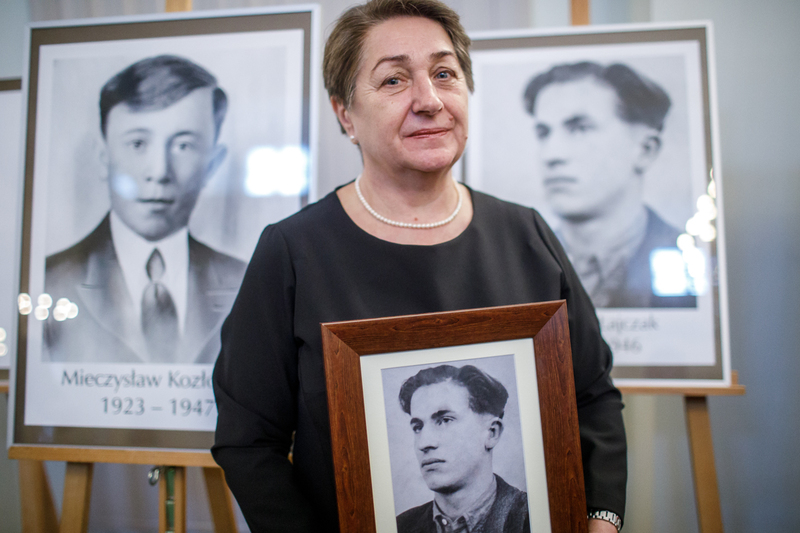„Our mission is to restore the identity of Polish heroes. This is a long process, which begins in the archives, next stages being exploration work and genetic research in specialized laboratories. It finds its finale at the very solemn moment of handing out the notes confirming the identity of the found person and state funerals. We are aware that sometimes the families have been waiting for this moment for several dozen years. Returning the heroes to their families, we feel that we are part of this great national mission. We feel that Poland has not forgotten. We are proud to be a witness to this,” says prof. Krzysztof Szwagrzyk, Deputy President of the Institute of National Remembrance, director of the Office of Search and Identification, managing the exploration work.
Our Office has examined over 70 places since the beginning of this year. And it is important to keep in mind that field work is always preceded by a long query and logistic preparation. We discover the remains in very different places, and each of our actions must also be prepared from the legal point of view. This is overseen by our team, amounting to over 60 persons throughout the country. We have also got exploration plans for the upcoming year. We do not cease in our efforts. Because ... We are coming back for our compatriots, “ adds Anna Szeląg, Deputy Director of the Office.
“The names and profiles of identified victims will be disclosed during the conference. We keep this information strictly confidential, and we only inform the closest family about the identification. During the December conference, we will reveal several more names. We are pleased that this group also includes people whose remains were found in the process of many years of exploratory research, sometimes in particularly difficult locations, “ added prof. Krzysztof Szwagrzyk.
The ceremony of presenting the families with identification notes took place on 3 December 2019 at the Presidential Palace in Warsaw. The previous conference took place on 17 June 2019, the names of 24 people being revealed at that time.
Among the identified were 7 soldiers of the National Armed Forces under Capt. Henryk Flame, aka Bartek, who in 1946 were deceitfully imprisoned and murdered as part of the UB / NKVD operation codenamed "Lawina".
In 2016, a team of specialists and archaeologists from the Institute of National Remembrance headed by Prof. Krzysztof Szwagrzyk exhumed human remains at the site of the former post-German field airport near Stary Grodków. The remains belonged to thirty soldiers of the National Armed Forces deported there in September 1946.
The IPN’s Office of Search and Identification also found the remains of Fr. Władysław Gurgacz ”Sem” – chaplain of Cursed Soldiers and a Cursed Soldier himself, murdered at Montelupich prison in Cracow, sentenced to death on 14 August 1949. The sentence was carried out a month later, on 14 September 1949 in the courtyard of the prison. The priest's remains were found in October 2018 during exhumation works carried out by the Institute of National Remembrance at the Rakowicki Cemetery in Cracow.
People doomed to obscurity were brought back today; the nameless got their names back.
Roman Bączek, Antoni Byrdy, Jan Ficek, Jan Wojtas, Franciszek Talik, Karol Talik, Stanisław Łajczak, Władysław Nowotarski and Franciszek Pajestka were given no trial. These National Armed Forces soldiers from Cpt. Henryk Flame’s unit ended their lives in the region of Opole in September 1946, as a result of a communist operation codenamed "Lawina". Made to believe they were leaving the country, they walked right into a trap; some were drugged, undressed and shot Katyń-style into a pit, others put to sleep in a barrack full of anti-tank mines, which were set off in the dead of night.
Father Władysław Gurgacz and Stanisław Szajna also served and died together. The former was a chaplain of an anti-communist underground unit near Krynica, the latter one of its soldiers, assigned the job of protecting the priest. In 1949 they were arrested in Cracow, given a show trial and on 14 September executed one after another in the infamous Montelupich prison.
Same-place and same-style execution ended the lives of Wojciech Frodyma and Ryszard Kłaput, subordinates of Józef Kuraś. With them, on 17 January 1947 died Mieczysław Kozłowski, a commander of his own unit operating in southern Poland.
Józef Wawrzyńczyk fought against the communists in Silesia and perished there, in Katowice, following particularly brutal interrogations and a speedy trial. His execution took place on 11 December 1946.
Marian Sobolczyk had neither a trial nor execution. He had defended Poland in 1939, but impressed into the communist army, deserted, and helped the underground. This 30-year-old died in the Łódź prison on 20 April 1946, half a year after his arrest, possibly as a result of the injuries suffered during the investigation.
